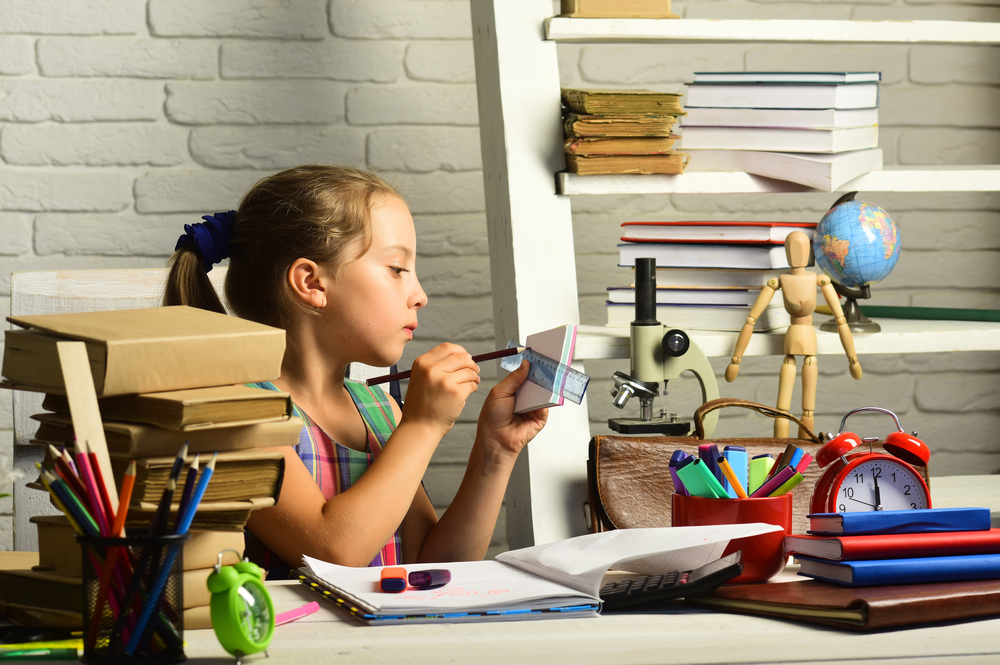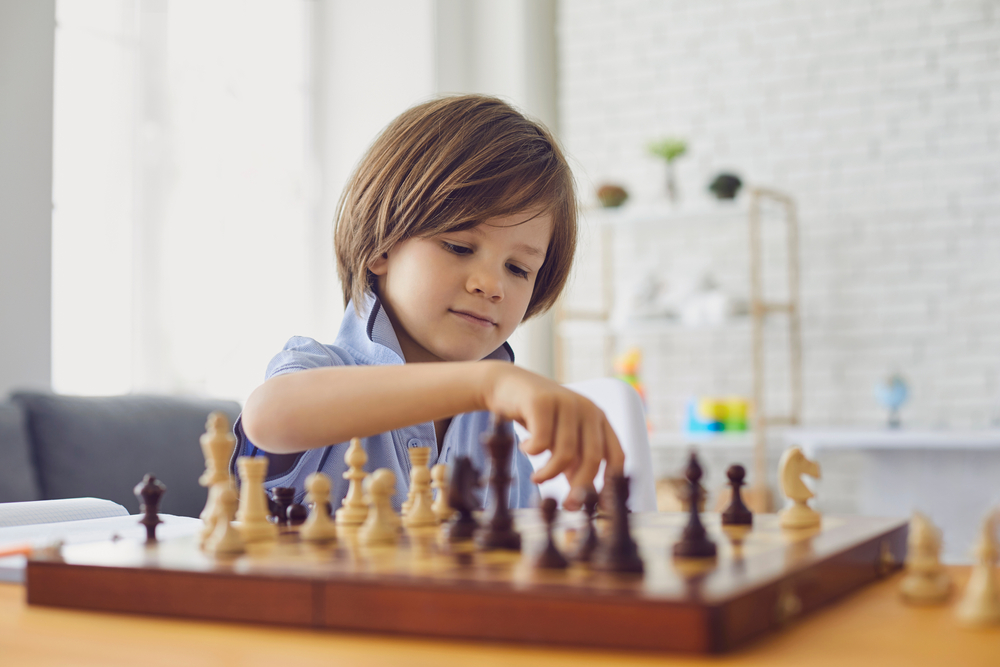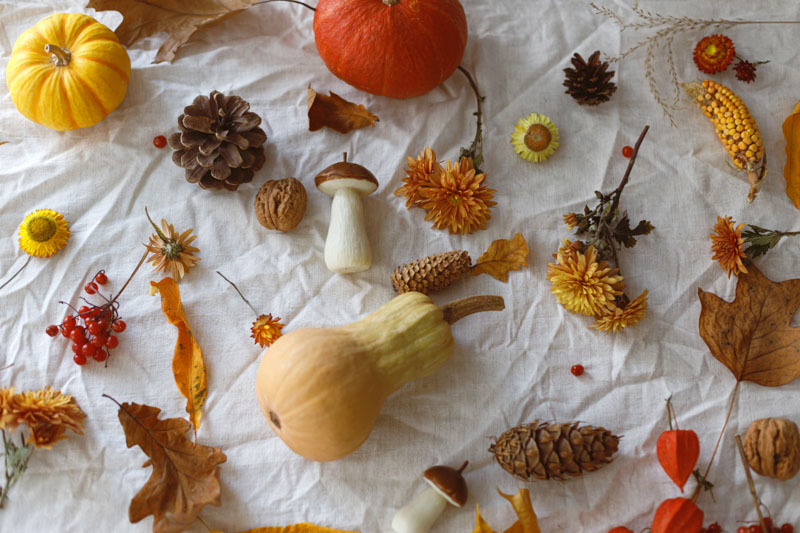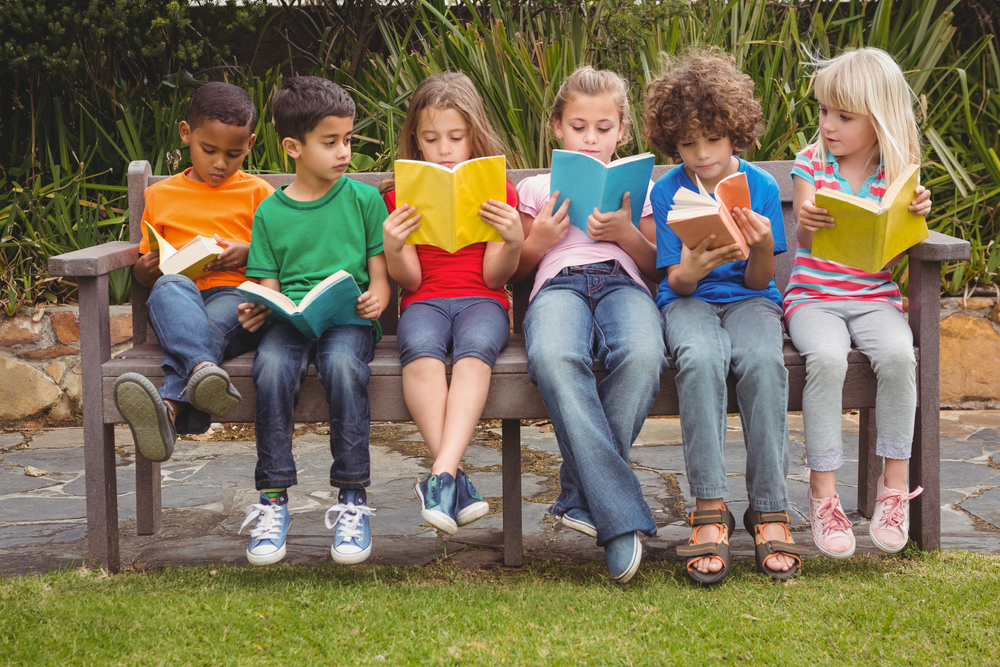Critical Thinking Normal Reading Worksheets for Ages 4-7 - Page 2
36 filtered results
-
From - To
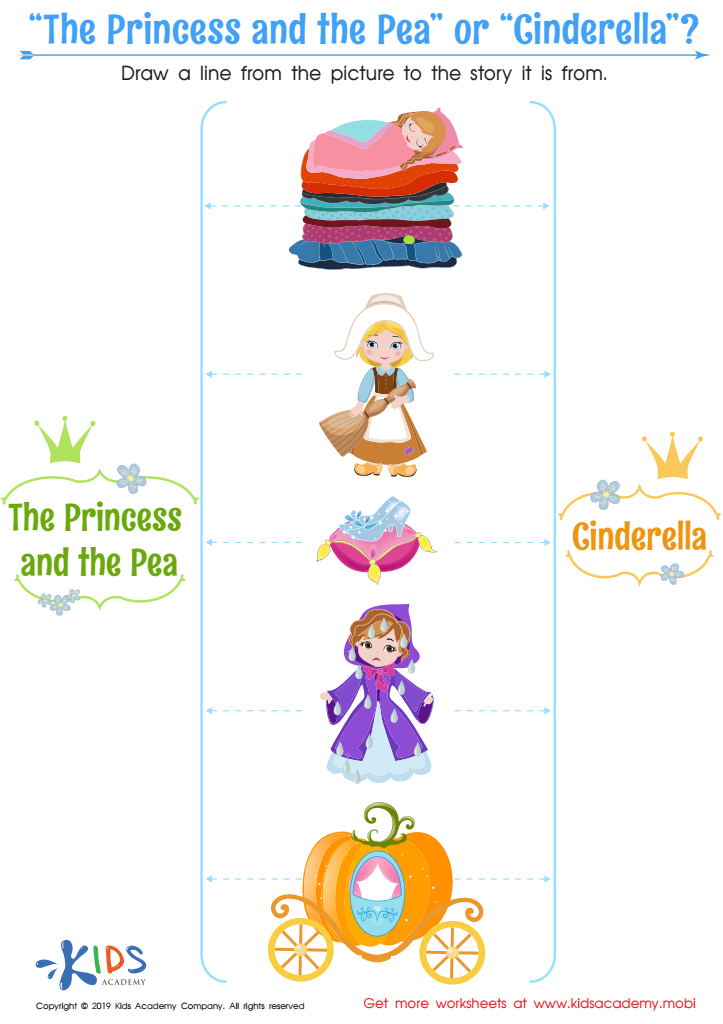

“The Princess and the Pea” or “Cinderella” Worksheet
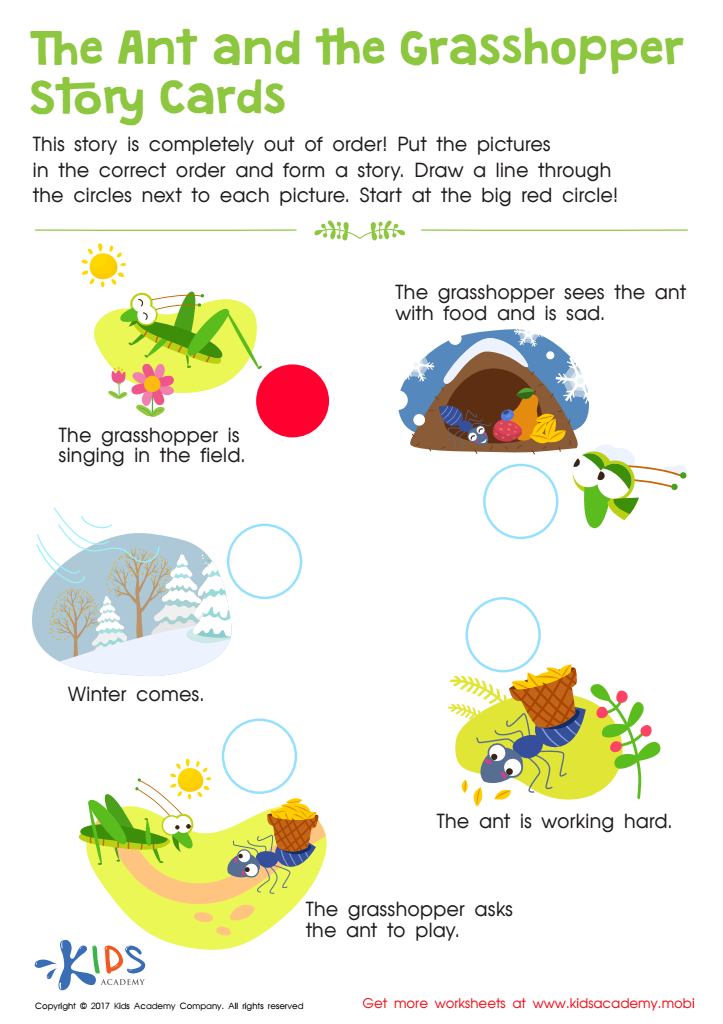

The Ant and The Grasshopper Worksheet
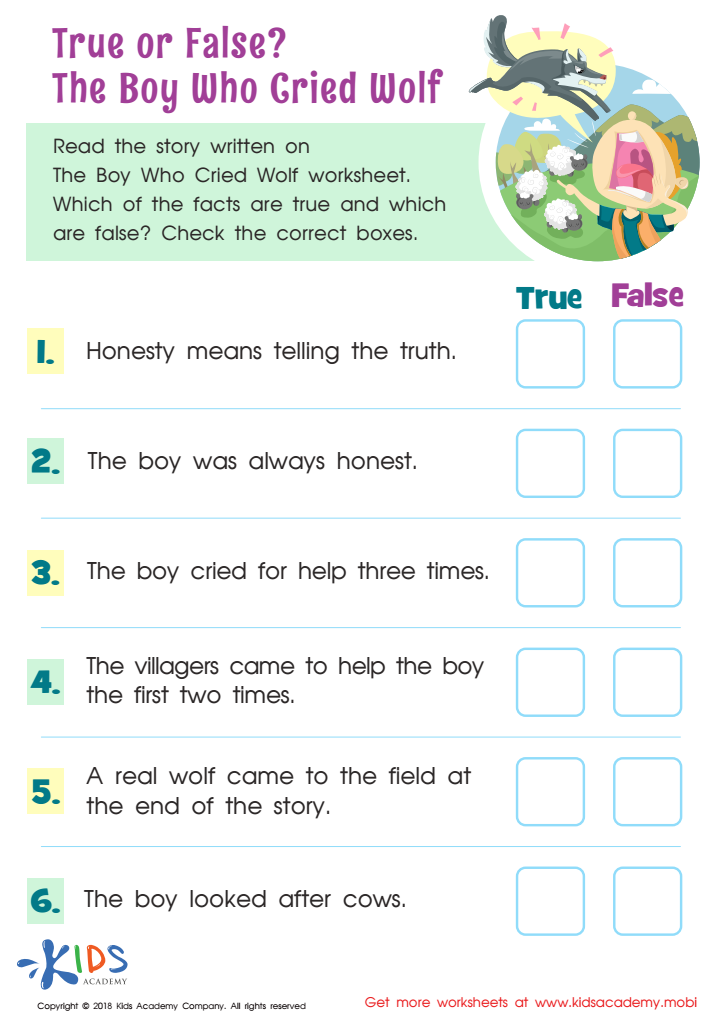

True or False? The Boy Who Cried Wolf Worksheet
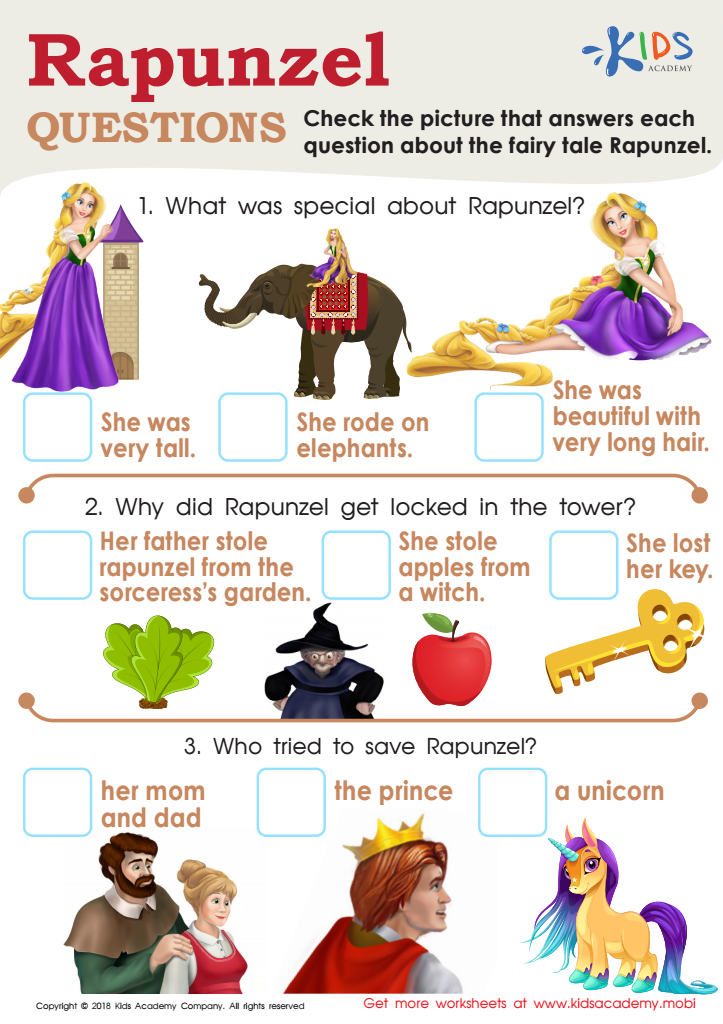

Rapunzel Questions Worksheet
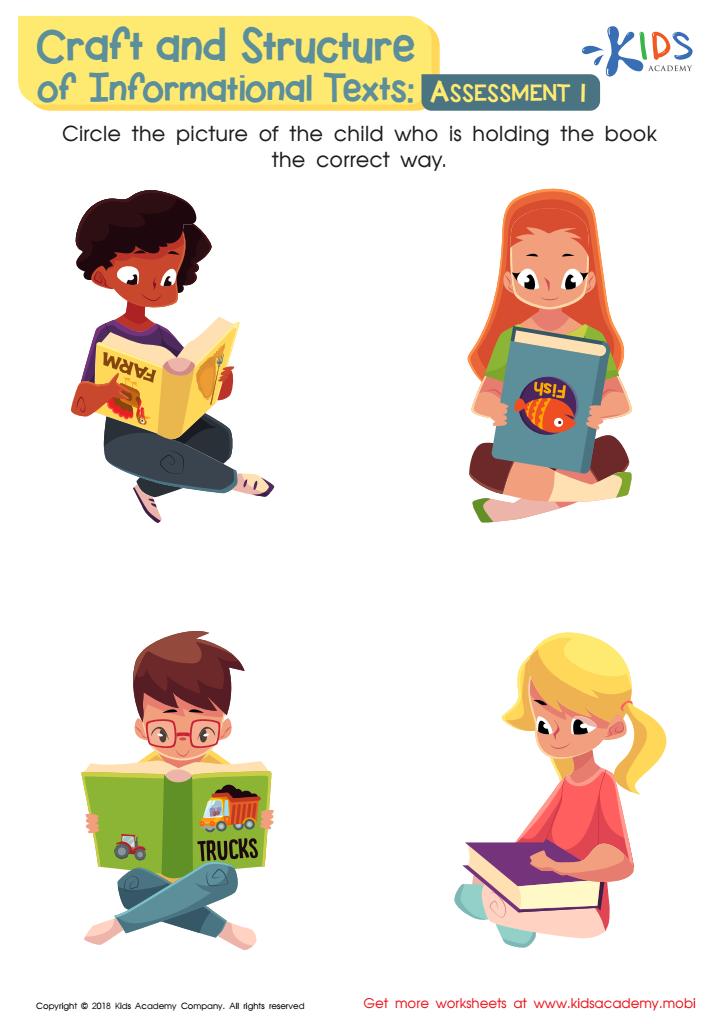

Craft and Structure of Informational Texts: Assessment 1 Worksheet
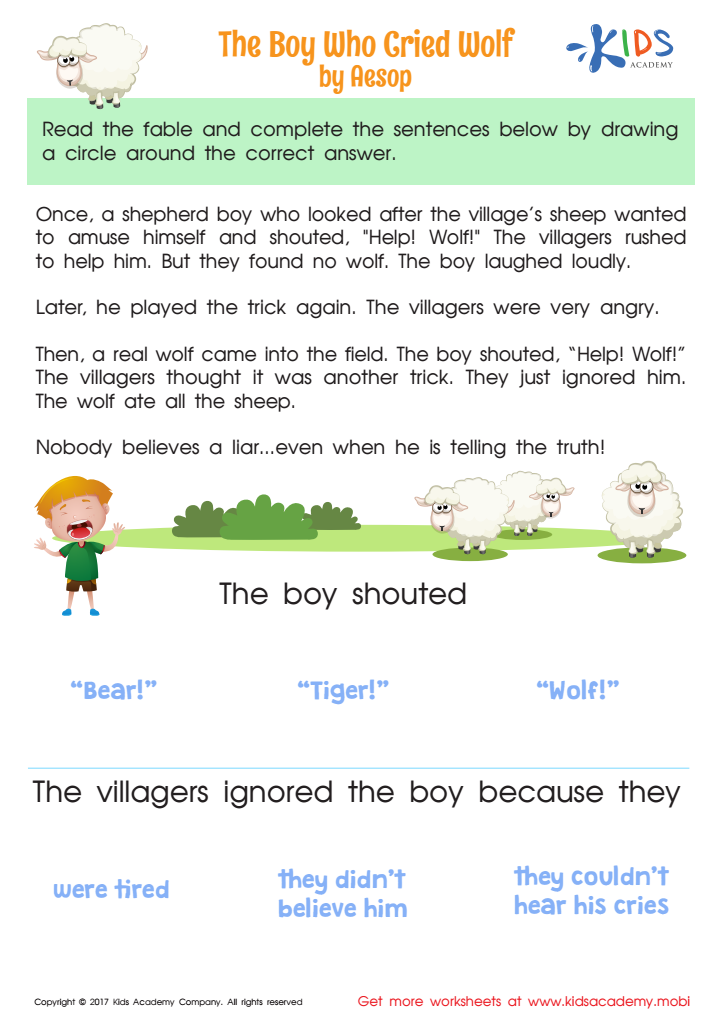

The Boy Who Cried Wolf Worksheet
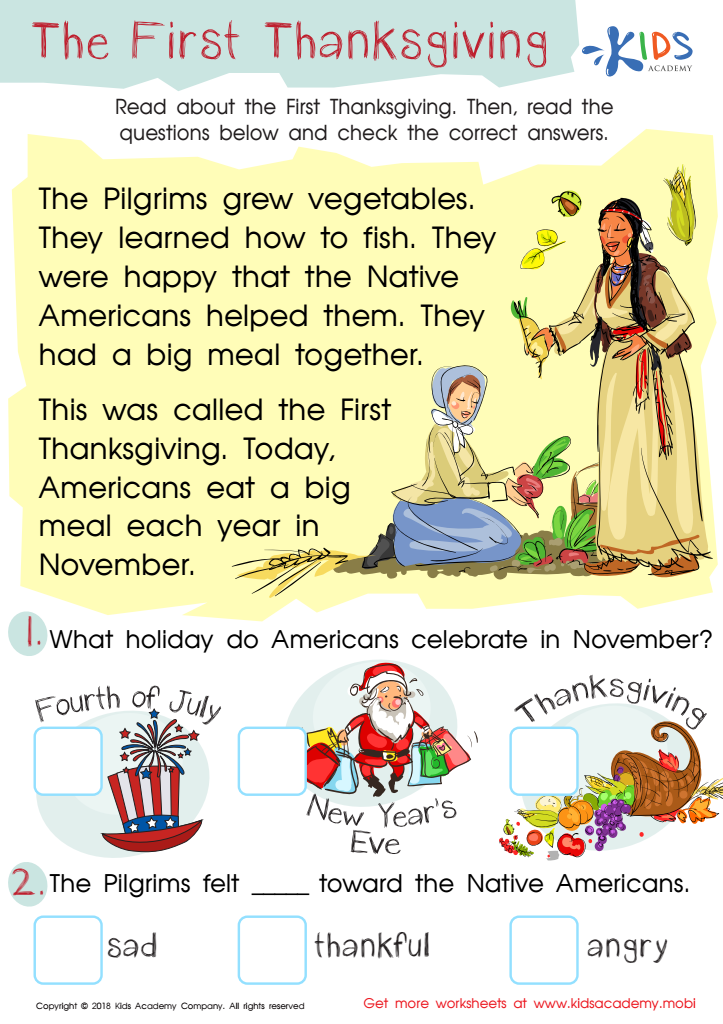

Assessment: First Thanksgiving Worksheet


Realistic Fiction: The First Day Worksheet
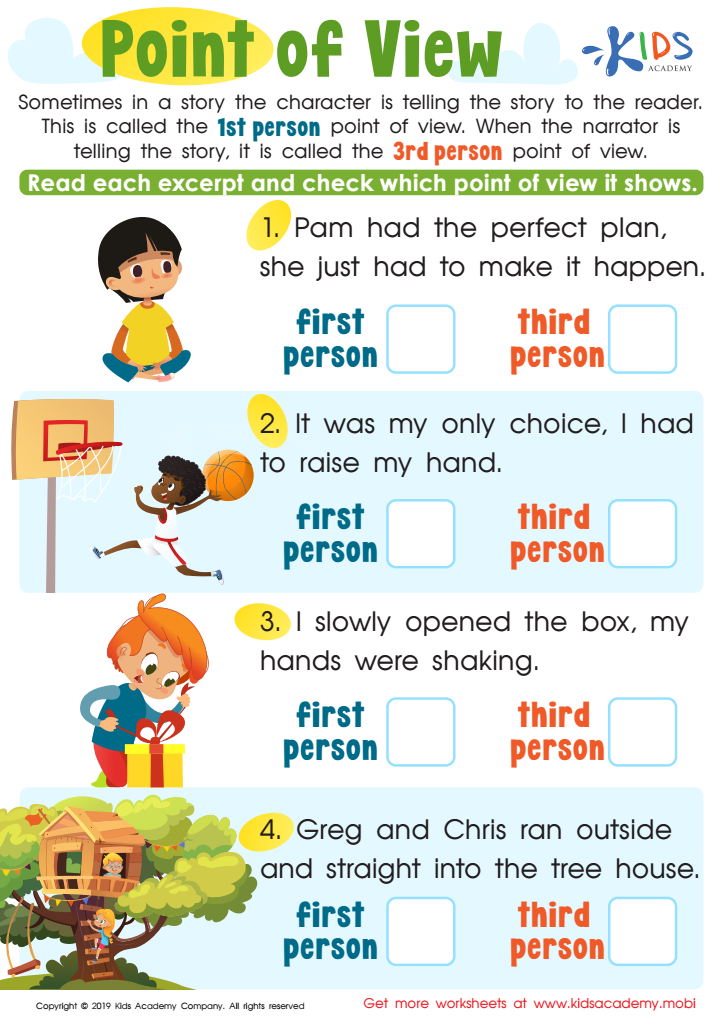

Point of View Printable
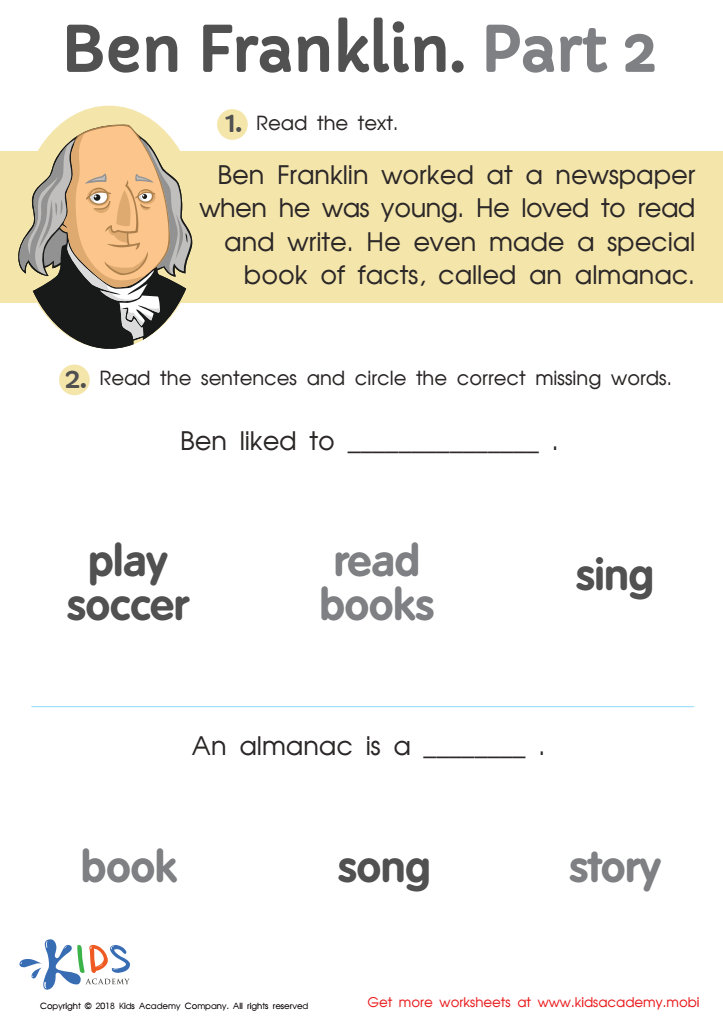

Ben Franklin Part 2 Worksheet
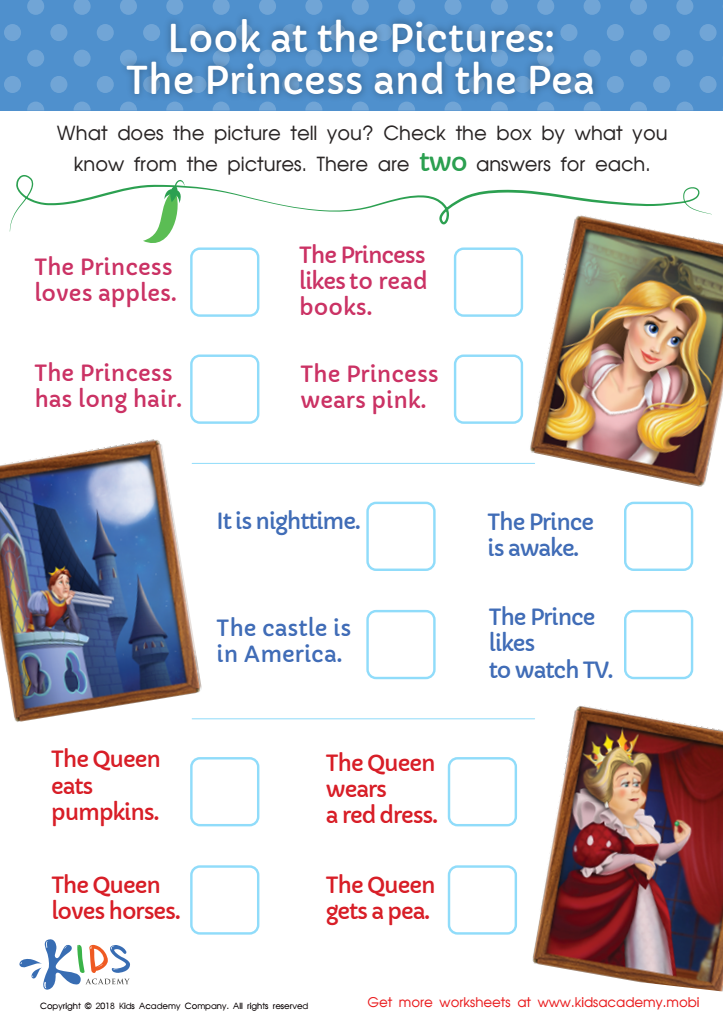

Look at the Pictures: The Princess and the Pea Worksheet
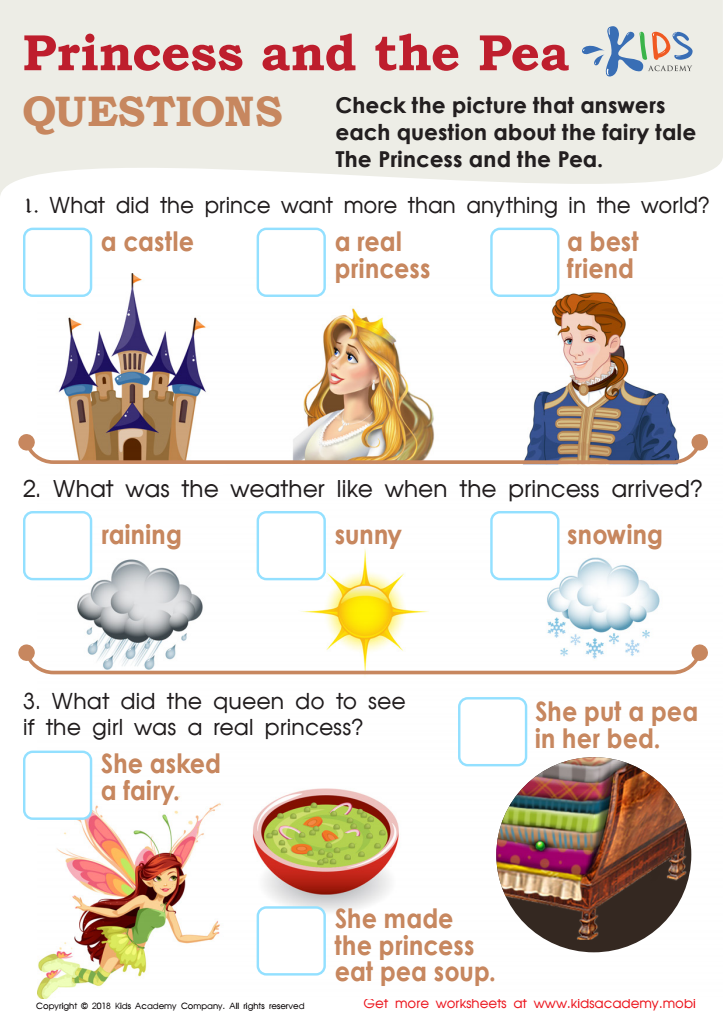

Princess and the Pea Questions Worksheet
Parents and teachers should prioritize Critical Thinking Normal Reading for children aged 4-7 because it lays the foundation for lifelong learning and problem-solving skills. At this age, children are naturally curious, eager to explore the world around them. Integrating critical thinking into early reading not only helps improve literacy but also encourages them to ask questions, analyze information, and understand different perspectives.
Critical thinking nurtures creativity and enables children to connect ideas across disciplines, enhancing their ability to make informed decisions. As they engage with stories and texts, children learn to evaluate characters’ motivations, identify biases, and reflect on outcomes. This skill set is essential in cultivating discernment, especially in today's information-rich environment.
Moreover, fostering critical thinking skills early can positively impact a child's confidence and communication abilities. They become more adept at articulating their thoughts and understanding complex concepts. When children learn to think critically while reading, they develop empathy and social awareness by exploring diverse narratives.
For optimum developmental benefits, parents and teachers should choose reading materials that provoke thought and discussion, nurturing not just strong readers but also competent thinkers prepared for future challenges.
 Assign to My Students
Assign to My Students



